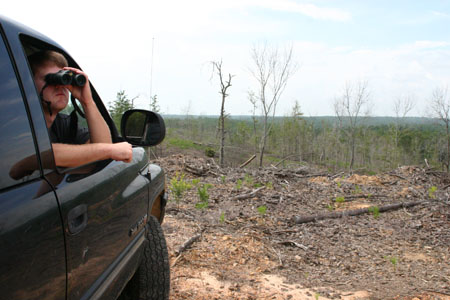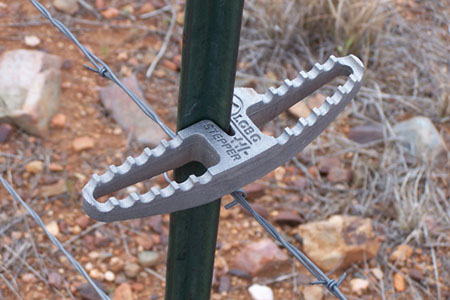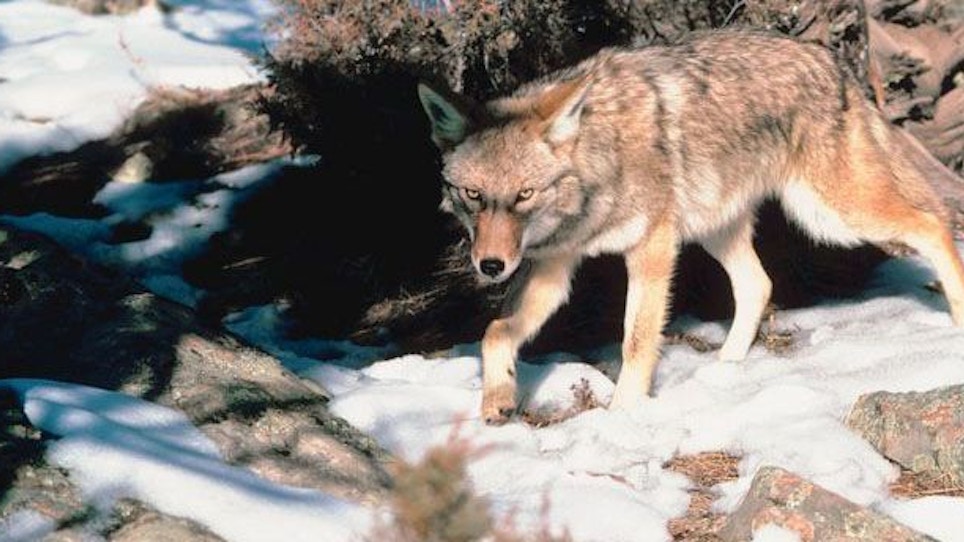 Have you ever been driving down a road and thought, "That looks like a great place for a stand." Well, there is a good chance it is. Interest in predator hunting is at an all-time high, and unpressured country gets harder and harder to find. Here's an easy way to find and call predator-rich country that has never been hunted.
Have you ever been driving down a road and thought, "That looks like a great place for a stand." Well, there is a good chance it is. Interest in predator hunting is at an all-time high, and unpressured country gets harder and harder to find. Here's an easy way to find and call predator-rich country that has never been hunted.
This technique works all season, but as the season progresses and prime spots are pressured, it's time to hit the highway. Areas around highways and county roads contain a lot of predators. Roadways provide predators easy food from roadkill and convenient travel routes. Few people pull off the highway and wander around, so predators are fairly comfortable there. These are the reasons we see so many predators dead on roads.
Calling off highways has many advantages. Wind direction doesn't matter as much. The road at your back prevents a predator from circling downwind. You can have the wind in your face on one side of the road and cross-wind setups on the other. Animals in these areas are used to traffic, which means you needn't worry about where to park. Another advantage is drivability. After a storm it can get nasty on back roads, and not everyone has a 4x4.
 Set up stands only 25 to 300 yards off the highway, depending on what state law allows. Don't go in far and push them out of the area. Your goal is to call them to you.
Set up stands only 25 to 300 yards off the highway, depending on what state law allows. Don't go in far and push them out of the area. Your goal is to call them to you.
Safety First
Use care when selecting a place to park. Not all roads have big shoulders to pull off on and cars are usually going by quickly. Make sure you are well off the road, and don't park right before or after a bend in the road.
Secure permission to hunt the land you’re going to be calling, or verify that it's public land open to hunting. Check local, state and county laws. In Arizona, we can shoot legally as soon as we are on the other side of the fences that run along the highways. Other states might require up to a 300-yard safety zone. Also, we must be a quarter-mile from occupied buildings and outside of city limits
Watch your shooting lanes. Make sure that you are familiar with the way the roads around you meander through the countryside. Keep all shots in a safe direction.
Special Equipment
Crossing fences with a firearm can be tricky. Use common sense and set the unloaded gun on the ground. To cross a T-post fence safely, use the T-Post Stepper by Lobo Products. Every outdoorsman has snagged clothing crossing a fence. The T-Post Stepper helps you cross barbed-wire fences safely and quietly, plus it saves clothes. Visit Lobo's Web site at www.loboproducts.com or call 1-800-719-2856.






